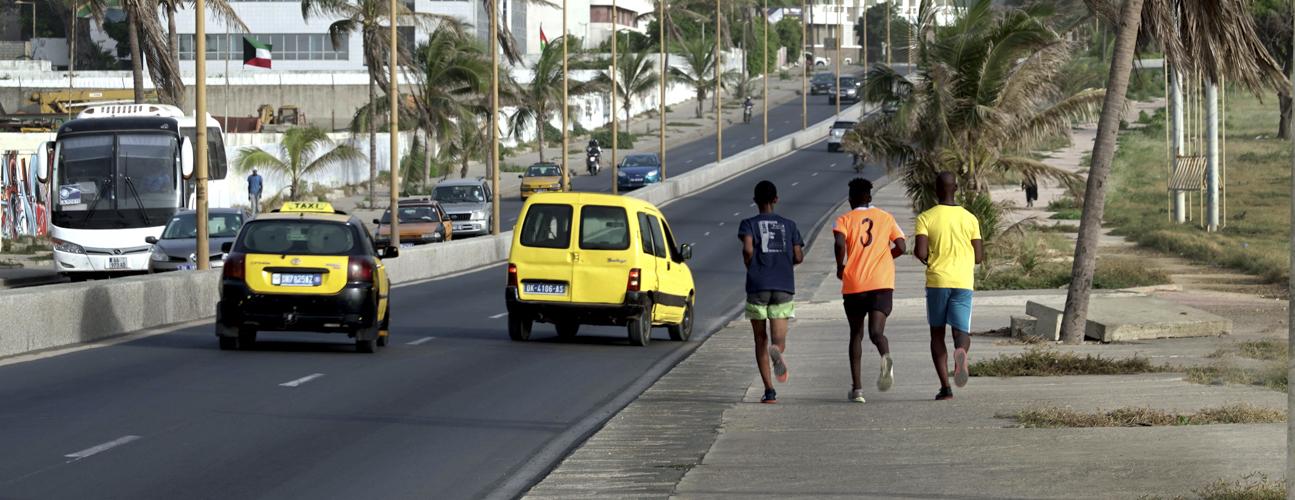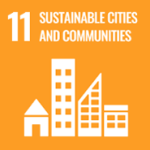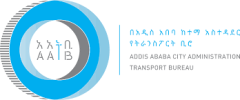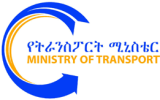
Areas of Impact
Country
This project delivered results and impact that exceeded all its initial goals.
The project provided technical support to local and national government officials in their ongoing efforts to design, install and upgrade footpaths and bicycle lanes and corridors, supported by the harmonization of street design guidelines.
Based on this expertise, the project partners provided technical review assistance to the design of ongoing infrastructure projects, and promoted and co-organized street-level activities to raise awareness around the importance of walking and cycling for all, and road safety issues.
The project resulted in the adoption of a Non-Motorised Transport (NMT) Strategy for Ethiopia and Addis Ababa, and a five-year implementation plan for 69 cities and towns with harmonised street design guidelines guiding investments in safer facilities for walking and cycling.
The Strategy emphasises the need to consider all residents in the plans and budgets, including women, children, and persons with disabilities.
CONTEXT
Like many low-and middle-income countries, Ethiopia is confronted with a very high road-related fatality rate, with 26.7 road deaths per 100,000 inhabitants recorded each year, according to WHO data.
In comparison, high-income countries have an average of 8.3 road traffic deaths per 100,000 people. Death rates from traffic crashes are higher in Africa than anywhere else.
In Addis Ababa, pedestrians and cyclists represent more than half of road users and about 80% of all road victims.
Building safe and inclusive walking and cycling infrastructure is crucial to reduce road injuries and mortality.
01
ASSIST THE ETHIOPIAN GOVERNMENT IN THEIR DESIGN AND IMPLEMENTATION OF POLICIES THAT BENEFIT NMT USERS, PRIMARILY PEDESTRIANS AND CYCLISTS
02
BUILD THE CAPACITY OF AUTHORITIES TO MAKE EFFICIENT AND IMPACTFUL INVESTMENT DECISIONS THAT ENHANCE ROAD SAFETY
03
ENSURE CONSISTENCY WITH EFFORTS ALREADY IN PLACE, WITH A PARTICULAR FOCUS ON SAFE DESIGN FOR WALKING AND CYCLING INFRASTRUCTURE
04
SUPPORT SMALLER TOWNS IN ETHIOPIA IN ADOPTING THE NATIONAL DESIGN MANUAL, FOLLOWING THE HARMONISATION OF STREET DESIGN GUIDELINES
CONSTRUCTION OF 6.8 KILOMETERS OF CYCLE LANES INCORPORATING BEST-PRACTICE SAFETY FEATURES, NOW IN USE IN ADDIS ABABA, WITH A FURTHER 17.7 KILOMETERS UNDER CONSTRUCTION ACROSS THE CITY
DEVELOPMENT OF A SUSTAINABLE URBAN MOBILITY PLAN (SUMP) IN BAHIR DAR, SETTING A LEADING EXAMPLE FOR THE COUNTRY
PROJECT PARTNERS HAVE INITIATED THE DEVELOPMENT OF TWO ONLINE PLATFORMS FOR INCLUSIVE CITIZEN PARTICIPATION IN FUTURE URBAN MOBILITY PLANNING PROCESSES
CONCRETE FUTURE PLANS HAVE BEEN ADOPTED FOR 300 KILOMETERS OF WALKING AND CYCLING FACILITIES ACROSS THE COUNTRY
THE LAUNCH OF THE NATIONAL NON-MOTORISED TRANSPORT (NMT) STRATEGY








